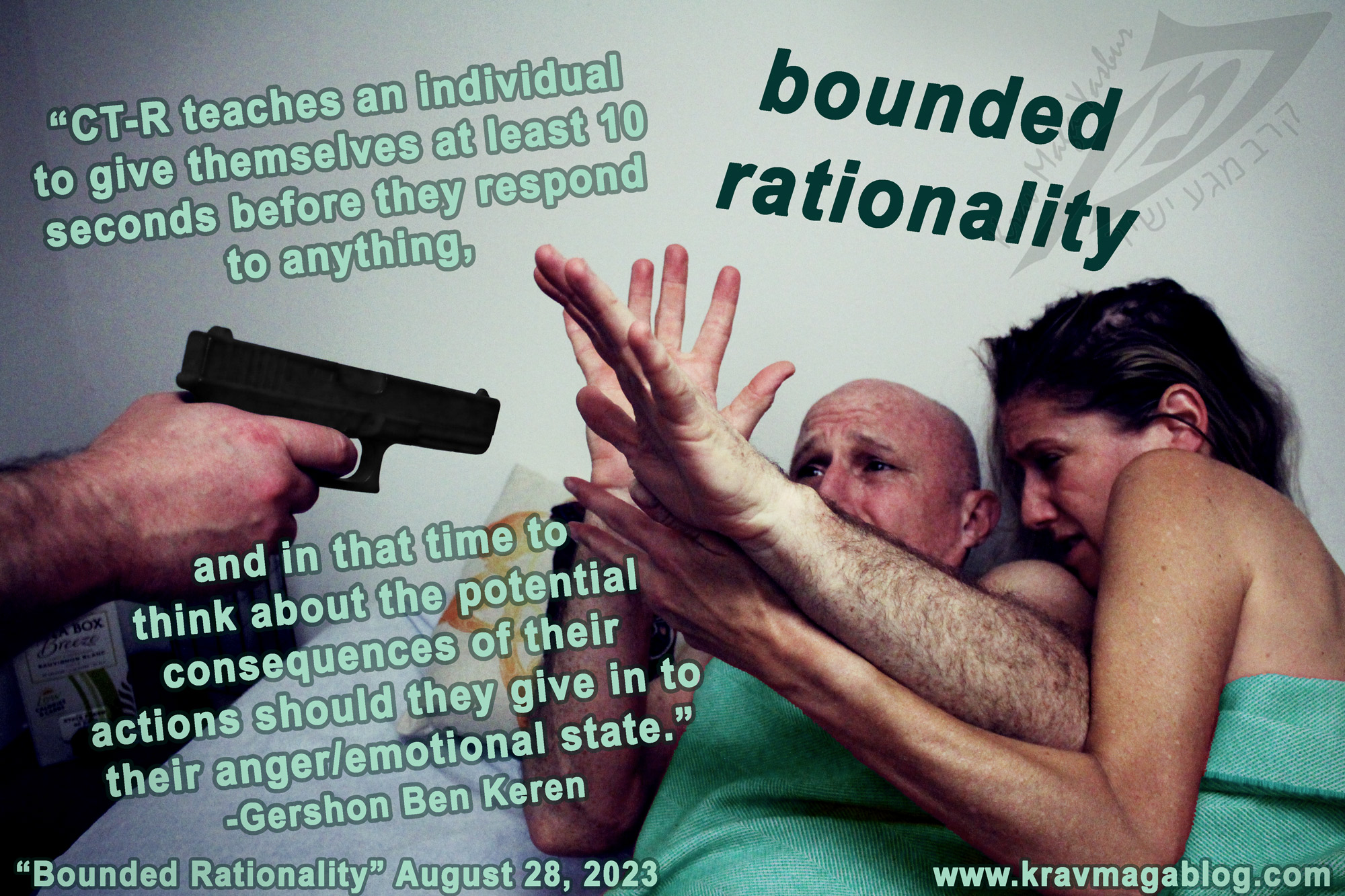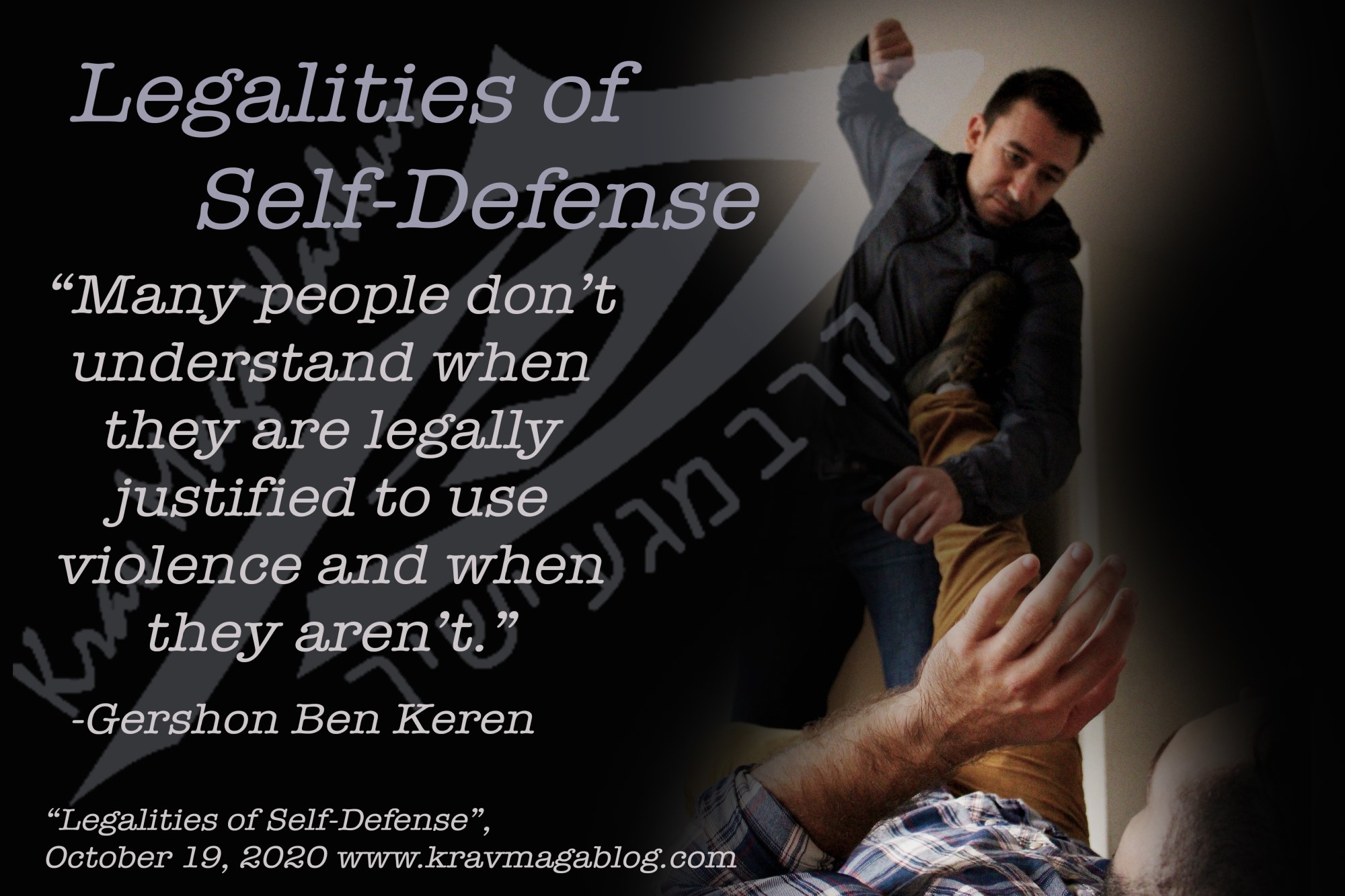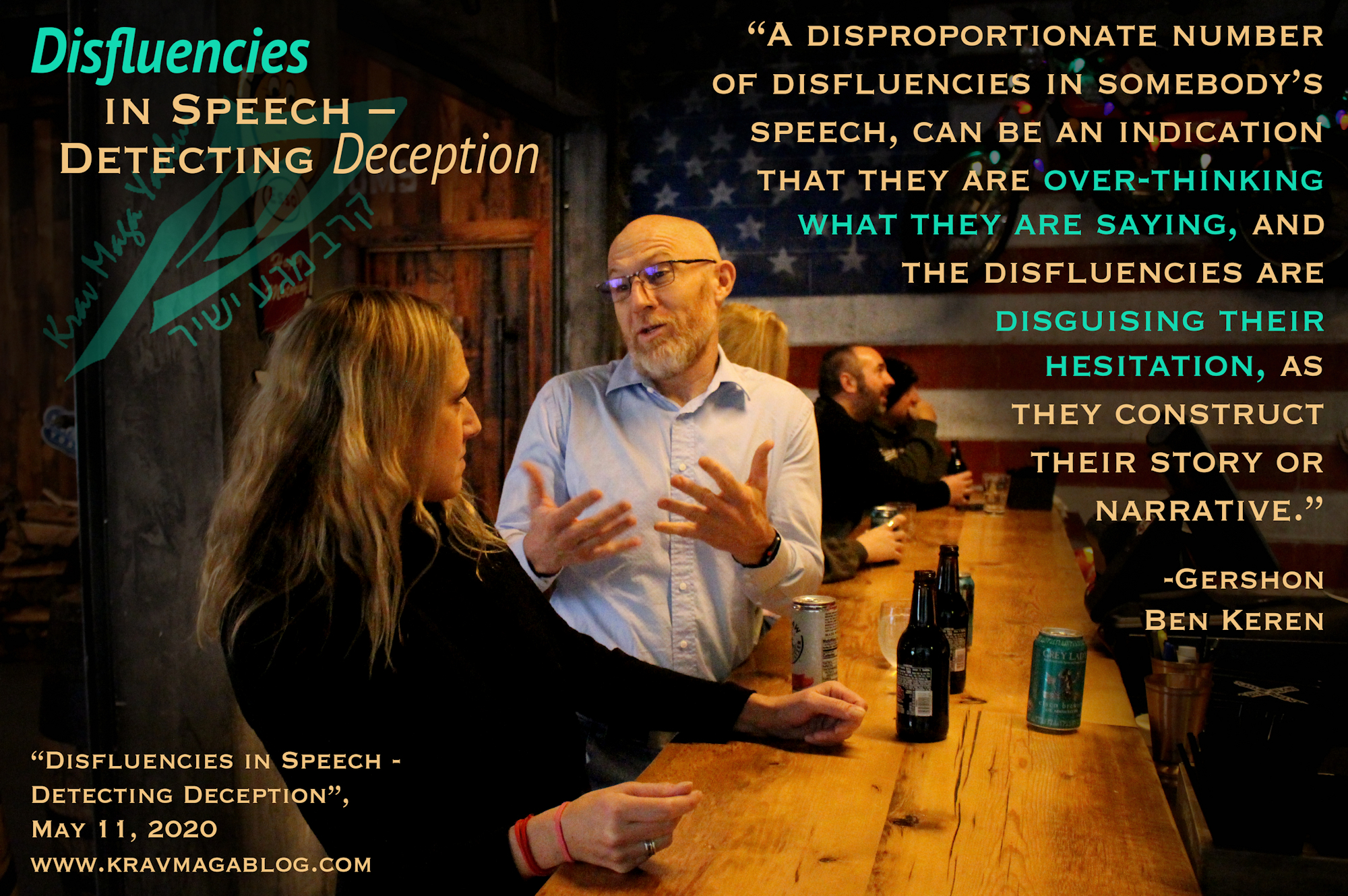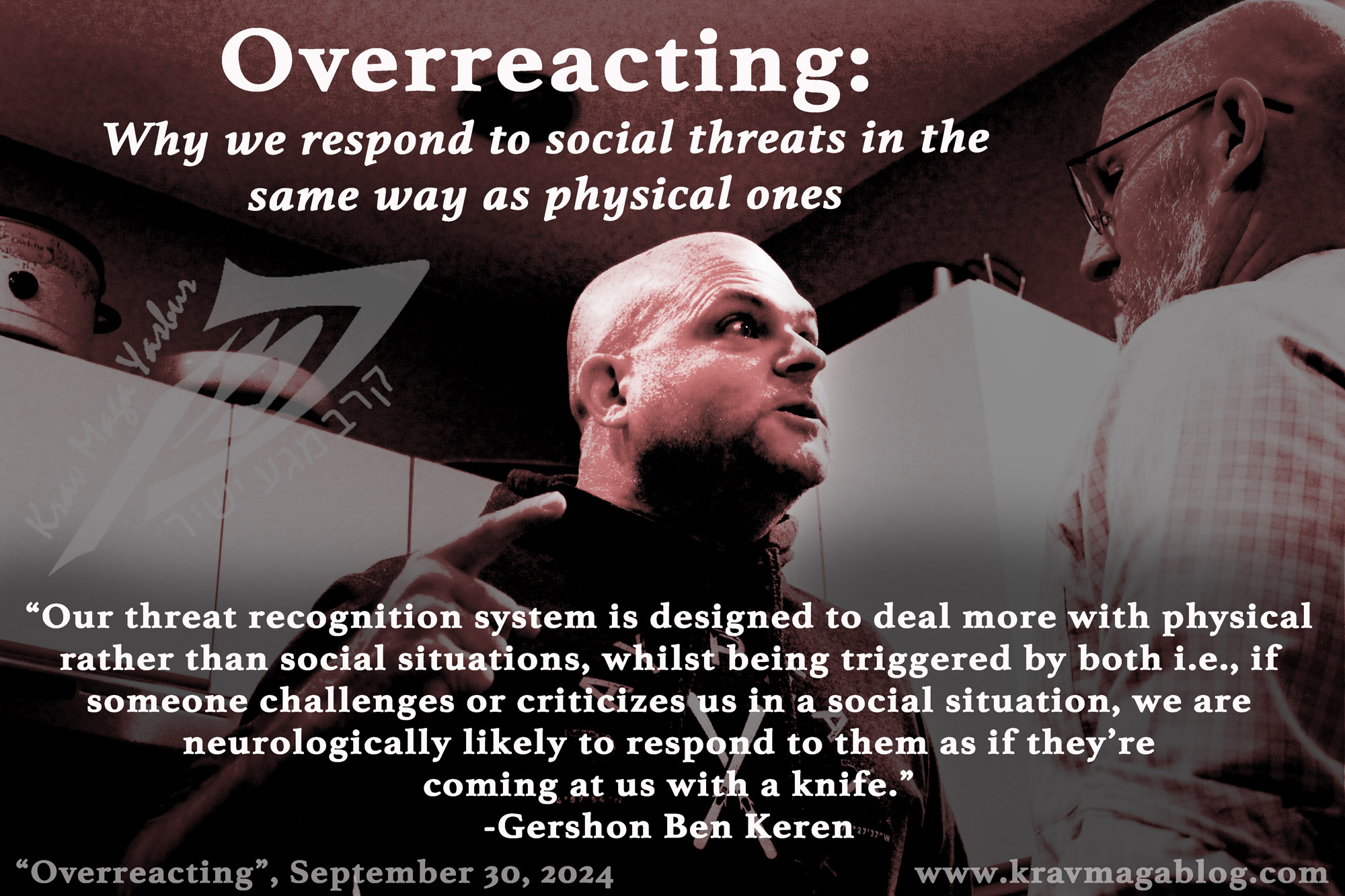Striking Rhythms, is an article written by Gershon Ben Keren, a 5th Degree Black Belt in Krav Maga, who teaches Krav Maga in Boston, MA. He has also authored three Amazon best-Selling Books on Krav Maga.
Striking rhythms often get overlooked in reality-based self-defense, as most real-life confrontations tend to be short affairs, where neither party has time to fall into one. However, understanding different striking rhythms, and when and where they can be used, can be extremely useful, and such knowledge and ability doesn’t have to be reserved for the ring or the cage. In this article I want to look at three different rhythms and how they can be utilized in real-life settings.
In almost every confrontation, each party is looking to end the fight as quickly as possible – which is understandable. This is why you tend to see a lot of big – and often wild – punches thrown at the start of the fight e.g., many fights start with a disruptive push, followed by a large, swinging haymaker etc. Power certainly has its place in a fight, however what often gets the wild haymaker to land is the “disruptive push” i.e., the taking of a person’s balance so they are unable to block/cover what is, an otherwise relatively “easy” punch to defend. People innately know this, and so whilst the push may not be technical, sophisticated etc., it is understood inherently that the best way to land strikes is to somehow overwhelm the other party so that they are unable to deal with them. This is the purpose of using an over-lapping rhythm for striking i.e., throwing a second strike, before the first one is retracted/pulled back.
The first combination that I usually teach beginners is a Jab, followed by a Cross, and I teach it using a metronomic rhythm – as a one-two. Each punch is being delivered, fully: the Jab is fully extended, and completed with the front step hitting the ground, followed by the Cross, as the Jab pulls back, and the rear foot steps forward etc. This allows the student to feel how the body generates power e.g., pushing off of the back foot, weight transfer, hip/shoulder turn, and back engagement etc. However, because each punch is thrown independently, each punch can be blocked/defended as a single entity, and the rhythm predicted – this of course can be used as a setup in a longer fight, by breaking the rhythm, however most real-life confrontations rarely last the length of a 3-minute round, and so there may not be the opportunity to use this tactic fully.
Sometimes the most effective way to make sure punches land is to cluster them. This involves – for example – throwing the right, just after the Jab, “over-lapping” them, so that the person you are dealing with has to deal with two strikes/punches at once, rather than one at a time. Each punch will lack the power, that they would have achieved, if delivered independently, however the time taken to throw the combination is much less, and the effect more overwhelming. When practicing striking rhythms, whether on the bag or pads etc., it is important to be disciplined, and ensure that when you are practicing metronomic punches/strikes you don’t cover up bad form by telling yourself you were practicing over-lapping striking etc.
In boxing matches and MMA contests, fighters usually spend some time “feeling” each other out, and understanding each other’s natural rhythm etc. In professional contests they will have watched tapes of each other to see things that the other commonly does etc. In a real-life confrontation, it is unlikely that you will know your assailant and/or have watched them fight. Likewise, neither will your assailant. Both of you – and how you fight – will be unknown to each other; this is one of the big differences between combat sports and reality-based self-defense. Boxers such as Jersey Joe Walcott, will often use a “broken rhythm” to make themselves much more unpredictable fighters, and prevent others from being able to recognize when they are about to setup a strike and/or combination. Sometimes this will involve a pause between punches e.g., throw three jabs, and pause before throwing the fourth, so the other fighter starts to make the block/parry in anticipation and gets caught off-guard etc., or it could involve stepping back twice, allowing the other fighter to move in, and then on the third step back throwing a jab out, as their opponent follows them.
This second tactic works very well, in real-life confrontations, as aggressors are often very eager to close distance and land strikes, interpreting any backwards movement as being defensive/submissive etc., and an opportunity to end the fight quickly. In a fight, driven by ego, an aggressor may see movement back, as confirmation that they are the superior party, and that everything is going their way; a head moving forward onto an oncoming punch is going to have more effect than the same punch thrown against a static target. As I’ve written before, it doesn’t matter how good your punches or kicks are, if you can’t position your aggressor so that they have maximum impact. So, whilst the reason for a broken rhythm working may differ from the way it works in a professional fight, where the other fighter is lulled into thinking a certain movement/striking pattern is being repeated again and again, the tactic can still be used in real-life scenarios.
These two striking rhythms/patterns should not be seen as a replacement for metronomic striking/punching or to be superior. They are a compliment. There will probably be the moment/time in a fight where you want/need to land a hard-hitting, power strike that is capable of delivering concussive force, however this should never be rushed, or seen as the only way to deliver a strike. There are too many people who are so fixated on that finishing blow, with the rear hand that they neglect to have an effective Jab that sets it up. In the same way we may need to alter our rhythm in order to get the conclusive strike to land.
0 COMMENTS















